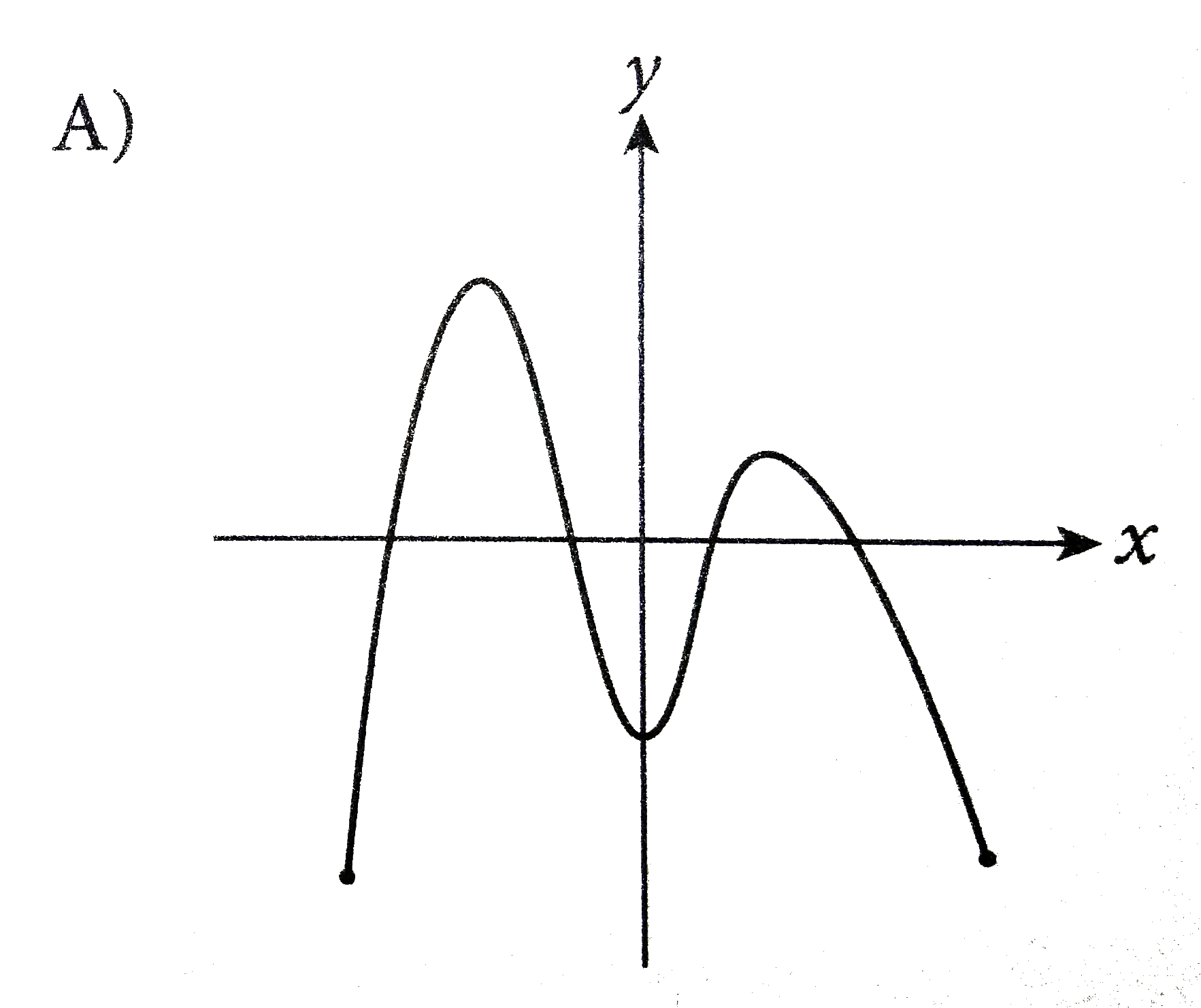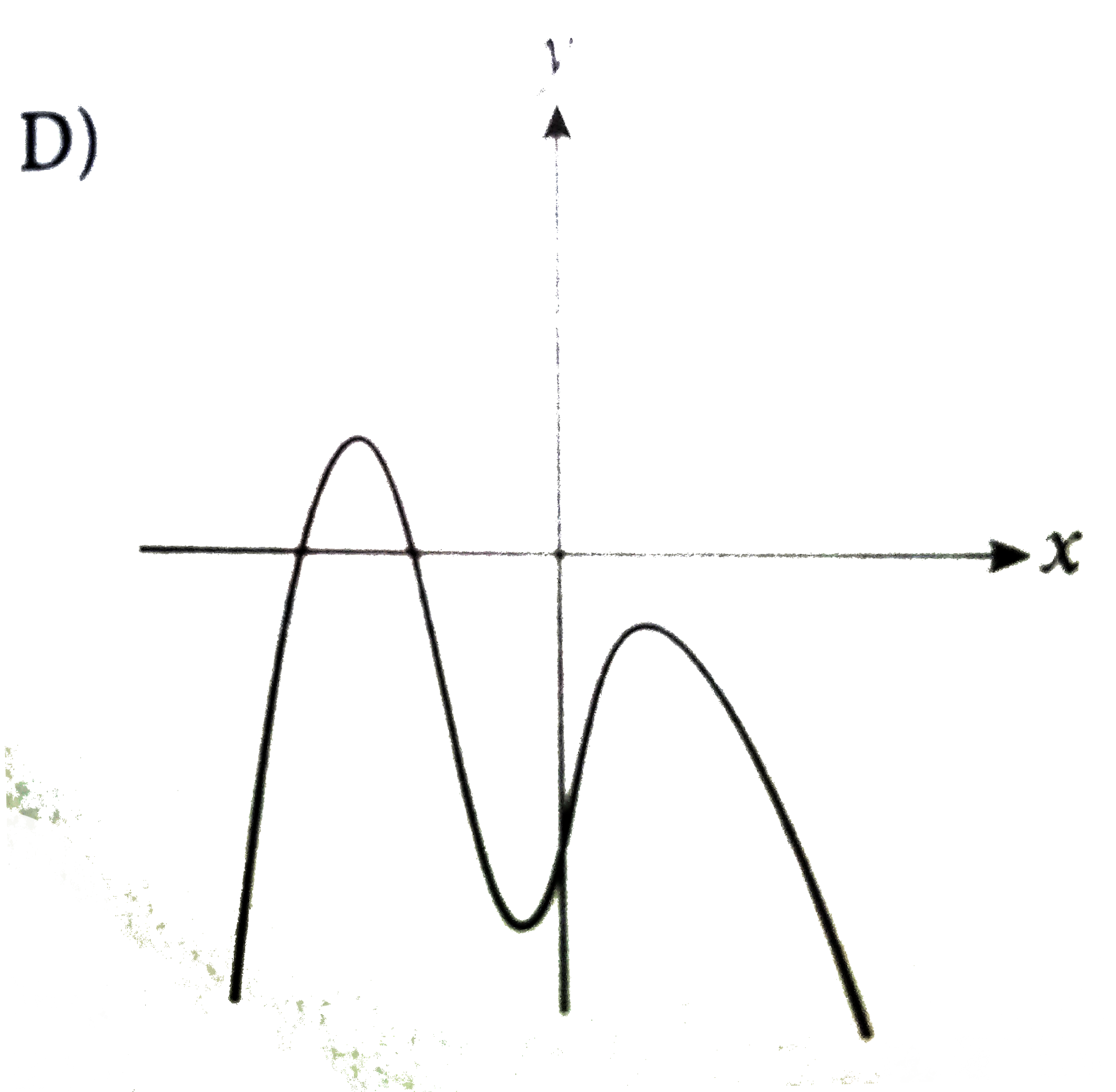Which of the following represents the functions of veins in the leaves ?
a) Transport of water and mineral
b) Mechanical support
c) Transport of organic food material
d) All of these
The correct Answer is:D
To answer the question about the functions of veins in leaves, we can break down the information into clear steps:
1. Understanding the Structure of Veins:
- Veins in leaves are made up of vascular tissues, which include xylem and phloem.
2. Function of Xylem:
- The xylem is responsible for transporting water and minerals from the roots to the leaves. This is a crucial function as it helps in maintaining the plant's hydration and nutrient supply.
3. Function of Phloem:
- The phloem transports organic food materials (such as sugars produced during photosynthesis) from the leaves to other parts of the plant. This ensures that all parts of the plant receive the necessary nutrients for growth and energy.
4. Structural Support:
- In addition to transportation, veins provide structural or mechanical support to the leaves. This helps maintain the shape and integrity of the leaf, allowing it to effectively capture sunlight for photosynthesis.
5. Conclusion:
- Therefore, the functions of veins in leaves include:
- Transport of water and minerals (via xylem)
- Transport of organic food material (via phloem)
- Providing mechanical support to the leaves.
6. Final Answer:
- The correct option that represents the functions of veins in the leaves is "all of these".
- Veins in leaves are made up of vascular tissues, which include xylem and phloem.
- The xylem is responsible for transporting water and minerals from the roots to the leaves. This is a crucial function as it helps in maintaining the plant's hydration and nutrient supply.
- The phloem transports organic food materials (such as sugars produced during photosynthesis) from the leaves to other parts of the plant. This ensures that all parts of the plant receive the necessary nutrients for growth and energy.
- In addition to transportation, veins provide structural or mechanical support to the leaves. This helps maintain the shape and integrity of the leaf, allowing it to effectively capture sunlight for photosynthesis.
- Therefore, the functions of veins in leaves include:
- Transport of water and minerals (via xylem)
- Transport of organic food material (via phloem)
- Providing mechanical support to the leaves.
- The correct option that represents the functions of veins in the leaves is "all of these".
Topper's Solved these Questions
- MORPHOLOGY OF FLOWERING PLANTSBOOK - NCERT FINGERTPS ENGLISHCHAPTER - MORPHOLOGY OF FLOWERING PLANTSEXERCISE - Morphology Of Flowering Plants
135 Videos
- MINERAL NUTRITIONBOOK - NCERT FINGERTPS ENGLISHCHAPTER - MINERAL NUTRITIONEXERCISE - Mineral Nutrition
130 Videos
- NEURAL CONTROL AND COORDINATIONBOOK - NCERT FINGERTPS ENGLISHCHAPTER - NEURAL CONTROL AND COORDINATIONEXERCISE - All Questions
144 Videos
Similar Questions
Knowledge Check
Which of the following represents calgo?
ANa2AI2Si2O8BMg3(PO4)2CNa2[Na4(PO3)6]DNa2[Mg2(PO3)6]If the function f has three distinct zeros, which of the following represents the graph of f in the xy-plane?
A B
B C
C D
D
Which of the following represents a vector ?
View SolutionWhich of the following represents ''Phylum''?
View SolutionWhich of the following represents isobutyl :-
View SolutionWhich of the following represents hydrolysis ? .
View SolutionWhich of the following is absent in the walls of veins ?
View SolutionWhich of the following can represent a linear function for each x∈R ?
View Solution
